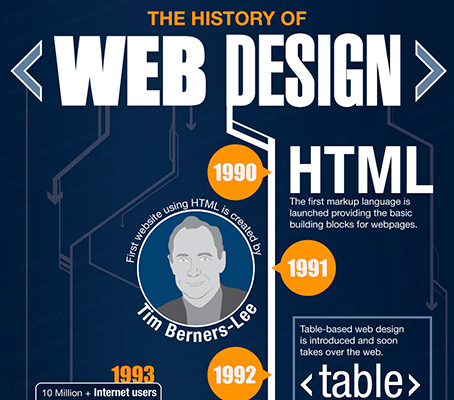Site Design Fundamentals: Tips For Structure A User-Friendly Site
Site Design Fundamentals: Tips For Structure A User-Friendly Site
Blog Article
Post Created By-McKnight Daugaard
When it concerns site layout, making certain user-friendliness is crucial. From receptive style to streamlined navigating, every component plays an essential role in producing a site that accommodates your audience's needs. But what regarding the better details that can make or break a customer's surfing experience? Remain tuned as additional resources uncover some often-overlooked pointers that can elevate your web site's functionality to the next degree, making it absolutely attract attention in the electronic landscape.
Importance of Responsive Style
Responsive style is an essential facet of modern-day web site advancement. Guaranteeing your site is receptive means that it can adapt to different display sizes and gadgets, giving a seamless experience for customers.
With the increasing use mobile phones and tablet computers to access the internet, having a receptive layout is crucial for reaching a bigger audience. It assists in improving user experience by making your web site simple to navigate and read on any tool.
Additionally, responsive design can favorably affect your search engine rankings, as search engines like Google prioritize mobile-friendly internet sites. By having ada approved websites , you're also future-proofing your web site, as brand-new tools with varying display dimensions remain to arise.
Simplify Navigation Structure
To boost customer experience and promote simple access to information on your website, streamlining the navigation framework is extremely important. When making your site, focus on developing a clear and instinctive navigating food selection that helps site visitors find what they're trying to find rapidly.
Limit the variety of menu items to the fundamentals, grouping related pages together to prevent overwhelming customers. Use descriptive labels that plainly show the material of each page, making it simpler for individuals to recognize where each web link will take them.
Take into consideration implementing dropdown menus for subcategories to stop cluttering the major navigation bar. In addition, consist of a search bar plainly on the page for individuals who prefer searching for details info.
Prioritize mobile responsiveness in your navigating design to make certain very easy access on all tools.
Enhance Web Page Tons Speed
Improving page load rate is critical for maintaining visitors on your web site. Slow-loading web pages discourage customers and can cause high bounce rates. To maximize page tons speed, begin by optimizing images. Press photos without jeopardizing quality to lower their documents dimensions.
Additionally, enable internet browser caching to save regularly accessed resources in your area, accelerating lots times for returning site visitors. Minify CSS, JavaScript, and HTML files by eliminating unnecessary characters, remarks, and formatting, enhancing load rate.
Consider utilizing a web content delivery network (CDN) to disperse your site's content across multiple servers worldwide, decreasing latency for users accessing your site from various areas. Last but not least, limit the use of third-party scripts and plugins, as they can substantially impact tons times.
Verdict
To conclude, by incorporating receptive style, simplifying navigation, and maximizing page lots rate, you can produce an user-friendly internet site that appeals to a larger audience and improves individual experience. These essential elements ensure that visitors can quickly accessibility and browse your website across various gadgets, resulting in raised engagement and contentment. By concentrating on these key aspects, you can build a successful site that maintains individuals returning for more.
